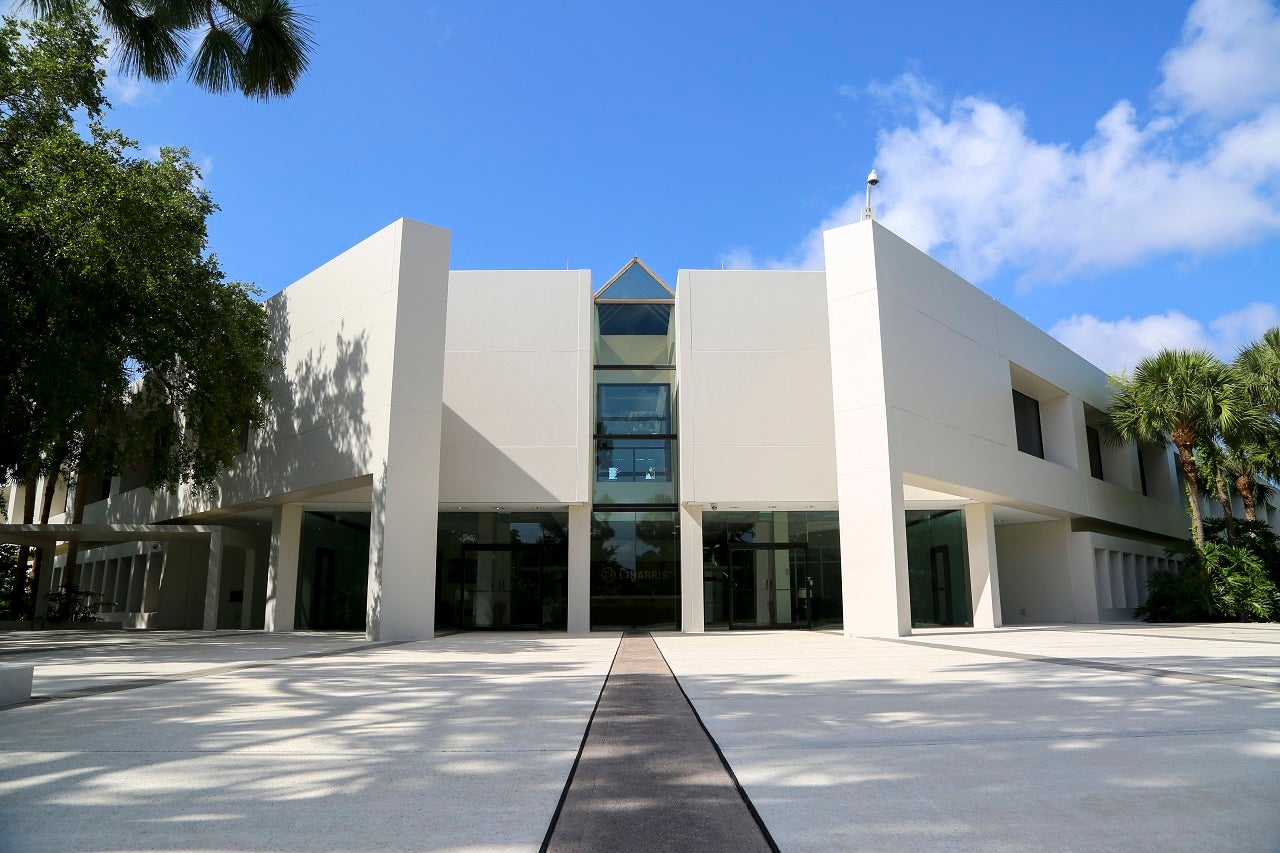
L3Harris Technologies has won a contract worth $193m from the Space Development Agency (SDA) for the development and integration of an end-to-end satellite system.
The contract follows an SDA announcement last week that two companies won bids for its Tracking Layer Tranche 0, Wide Field of View (WFOV) programme.
The contract marks the next steps forward in developing the National Defense Space Architecture’s (NDSA) inaugural tranche called Tranche 0.
Space Exploration Technologies (SpaceX) is the other company that was selected.
Under the firm-fixed-price contract, L3Harris will provide the required technology to defend against advanced missiles.
The contract performance period is valid until 2025 and includes the delivery of four space vehicles within 24 months.
How well do you really know your competitors?
Access the most comprehensive Company Profiles on the market, powered by GlobalData. Save hours of research. Gain competitive edge.

Thank you!
Your download email will arrive shortly
Not ready to buy yet? Download a free sample
We are confident about the unique quality of our Company Profiles. However, we want you to make the most beneficial decision for your business, so we offer a free sample that you can download by submitting the below form
By GlobalDataThe company will develop mission payloads with wide field-of-view, different space communication and network solutions and inter-satellite optical links on the vehicles.
Space and Airborne Systems president Ed Zoiss said: “L3Harris has brought a different perspective to this mission, including our experience as a responsive space prime and decades of electro-optical and infrared payload development.
“We understand the mission and the need to move quickly, which we are able to do by drawing capabilities from across the company.”
Additionally, L3Harris supports the Hypersonic and Ballistic Tracking Space Sensor of the Missile Defense Agency and the Overhead Persistent Infrared Satellite Program of the US Space Force.
Last month, L3Harris announced that it will spearhead a team to update aircraft training simulators used by the US Air Force (USAF).
It will be part of the USAF’s Simulators Common Architecture Requirements and Standards (SCARS) programme.



